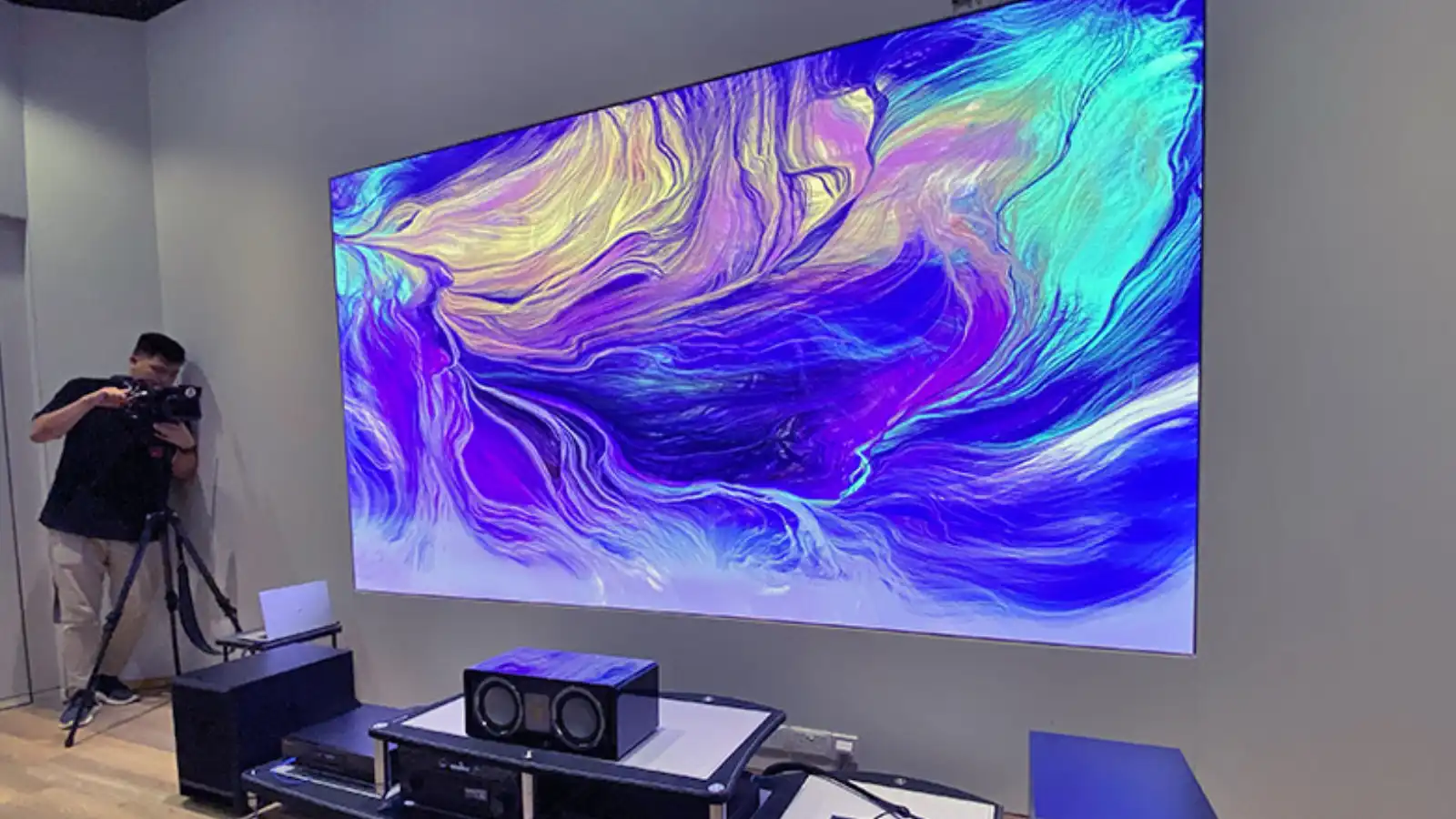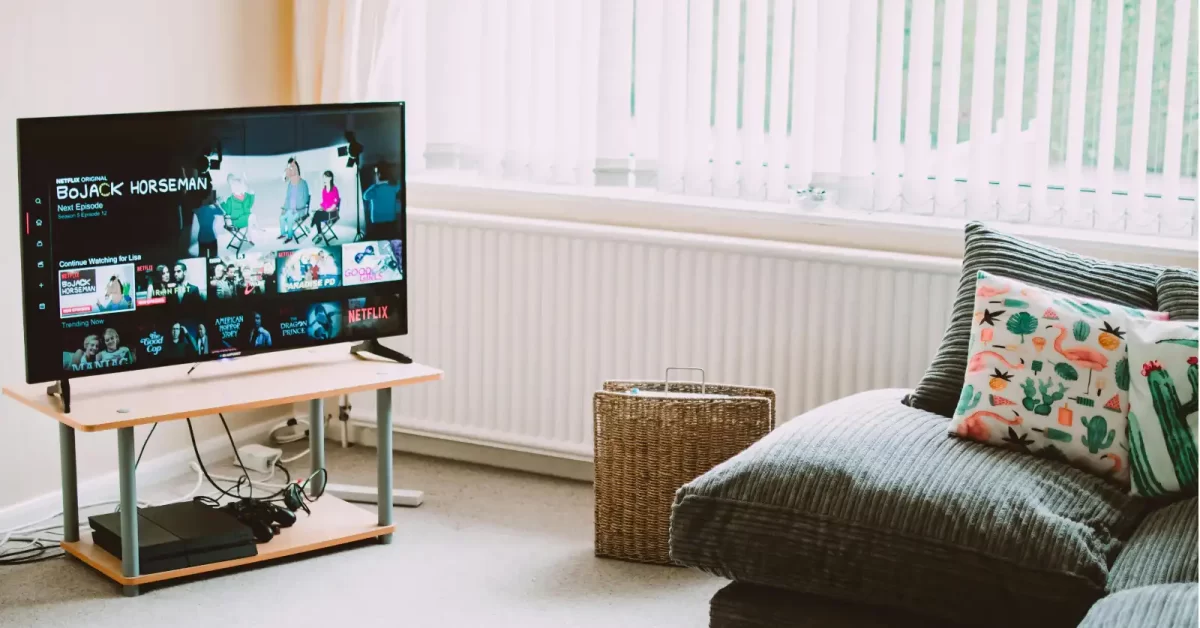What Is a Bezel?
A bezel is the frame surrounding the screen of a device, such as a TV, smartphone, or monitor. The bezel stands as the interface that separates the display space from all outer device sections. While often overlooked, the bezel plays a critical role in design, protection, and functionality.
For TVs, the bezel isn’t just a decorative trim—it’s a structural component that holds the screen in place, protects internal parts, and houses essential hardware like sensors or IR receivers. Modern TVs increasingly feature slimmer bezels, but they’re rarely eliminated entirely due to practical constraints.
Why Do TVs Need Bezels?
1. Structural Support
Bezels reinforce the TV’s frame, preventing flexing or damage during handling. Without a bezel, the delicate display panel would lack stability.
2. Component Housing
Bezels hide wires, circuits, and sensors (e.g., ambient light detectors). Even “bezel-less” TVs have ultra-thin borders to conceal these elements.
3. Protection
The bezel acts as a buffer against accidental impacts. Without a protective border, an accident that involves smashing the TV or dropping it onto a wall would result in broken screens.
4. Aesthetic Balance
A well-designed bezel frames the screen, creating visual harmony. Thicker bezels were once standard, but slim designs now dominate for a modern look.
How Is a Bezel Used?

- Design Integration: Bezels blend the screen into the TV’s body. For example, LG’s OLED TVs use bezels as thin as 4 mm to create a near-seamless display.
- Functional Features: Some bezels include touch controls or LED indicators. Display logs or control buttons are integrated into the bezels of prior production TVs.
- Mounting Support: Bezels provide anchor points for wall mounts or stands. Thicker bezels offer stronger mounting options.
Is a Bezel important?
Yes—but its importance depends on your priorities.
| Priority | Bezel Value |
| Durability | Thicker bezels protect against drops and impacts. |
| Aesthetics | Slim bezels maximize screen space for immersive viewing. |
| Cost | TVs with ultra-thin bezels are often premium priced. |
For example, budget TVs may retain thicker bezels to cut costs, while high-end models like Samsung’s Frame TV minimize bezels to resemble art.
What Is the Bezel on a Smart TV?
The bezel on a smart TV is the border around the screen. The bezel consists of plastic, metal, or glass materials with different thickness levels available.
- Ultra-thin: <2mm (common in premium models like LG OLED)
- Standard: 2–6 mm (balances cost and durability)
- Thick: >6mm (budget or older designs).
In 2025, brands like Sony and Hisense use bezels to hide microphones or cameras for voice-controlled TVs, proving that even slim borders serve functional purposes.
What Is the Benefit of the Bezel Setting?

1. Immersive Viewing
Slim bezels produce distraction-free viewing, which enlarges the screen appearance. The 65-inch TV achieves a 98% screen-to-body ratio when it has a 4mm bezel.
2. Space Efficiency
The absence of thick frames enables manufacturers to maintain big screen sizes even when using minimal physical space. Small rooms benefit from a 55-inch TV, which includes minimal border dimensions instead of a larger yet bulkier TV model.
3. Modern Aesthetics
Bezel-less designs suit minimalist interiors. Xiaomi introduces floating-screen TVs as part of their product lineup that easily match home interior designs.
4. Multi-Screen Setups
Configure video walls effortlessly due to bezels that minimize size. Sports bars install TVs with borderless displays in order to keep footage consistent throughout the screen.
Should You Choose a Bezel-Less TV?
Consider these factors:
The slim bezels enhance movie and gaming viewing experiences because they improve the feeling of being immersed in the content. Either standard bezels or bezels are sufficient for watching television casually.
Bezel-less TVs have a budget premium that exceeds 20–30% compared to equivalent screen models unless they have thicker bezels.
The strong edges of thicker bezels provide better protection against impact based on family situations where there is a presence of children or domestic animals.
Final Thoughts
The bezel functions beyond aesthetic framing since it represents a perfect collaboration between design requirements, operational needs, and durability needs.
Technological trends currently show bezel-less TVs in vogue, yet the ideal option for you depends on what you need from your TV setup.

